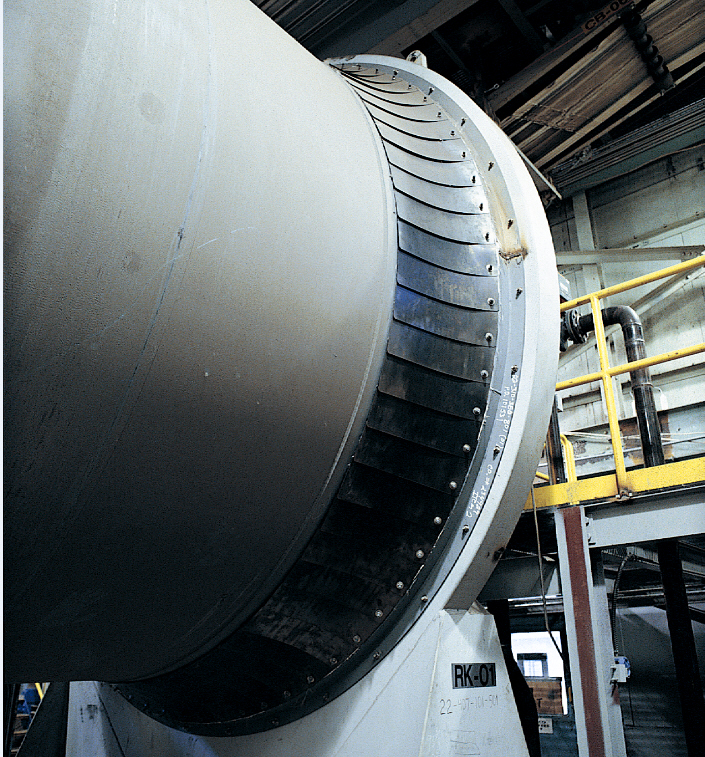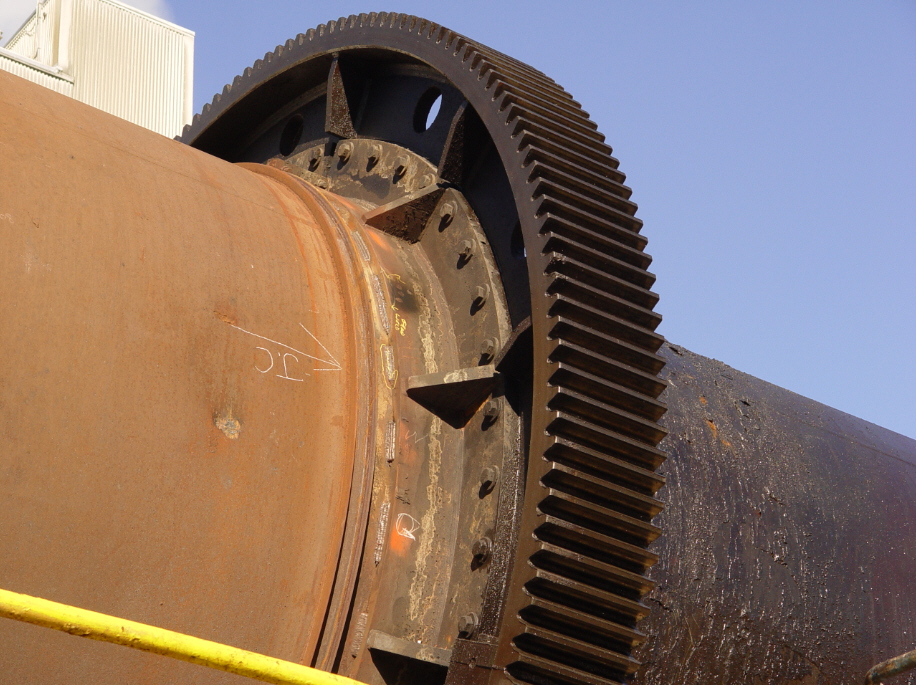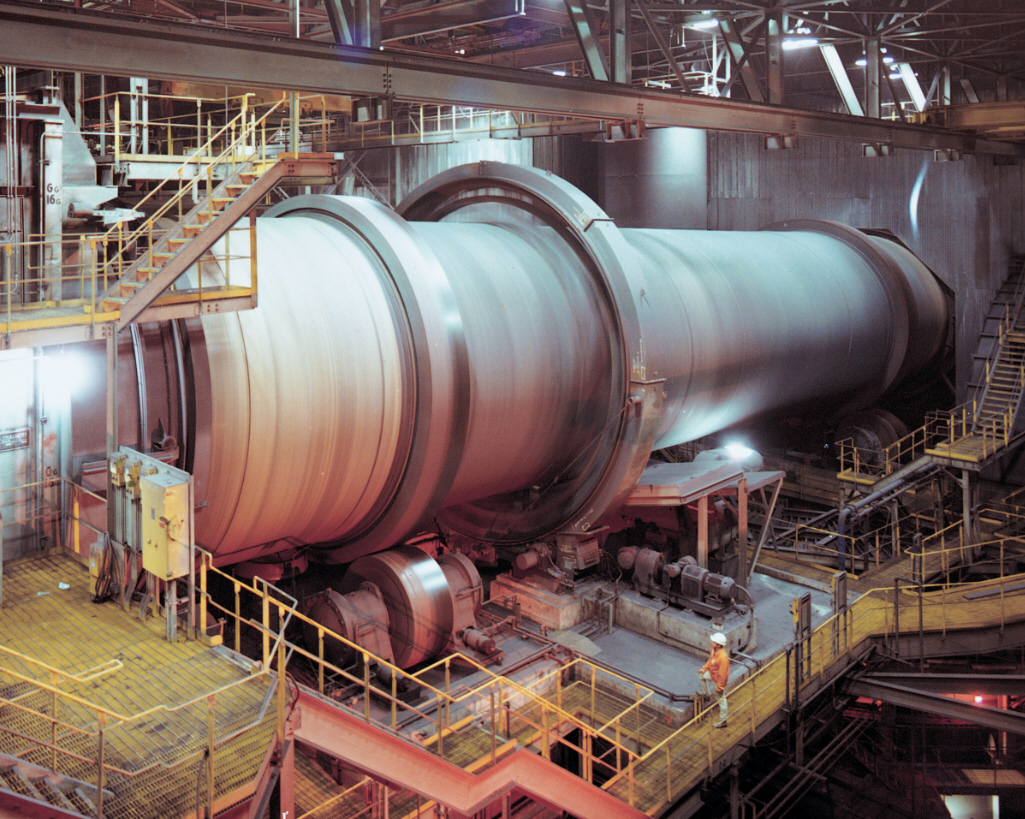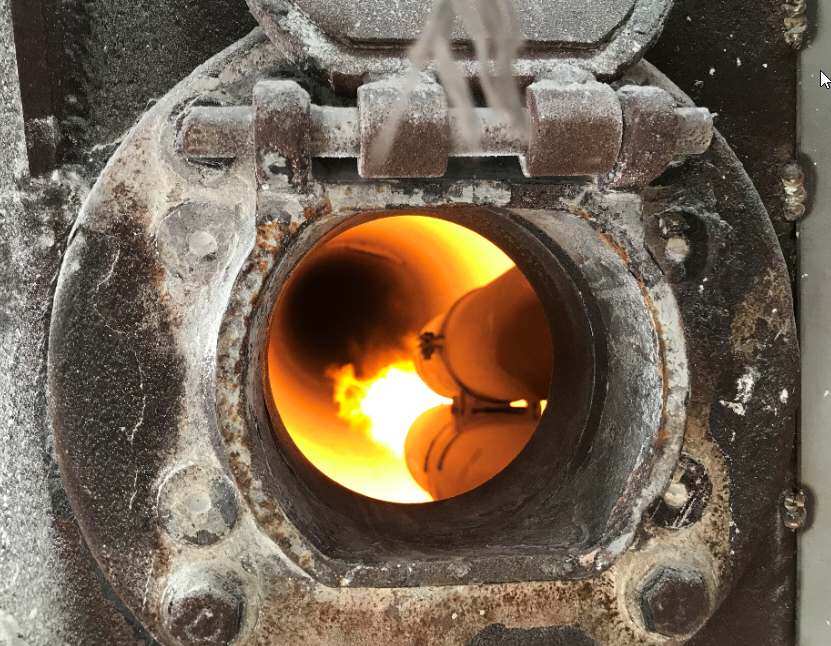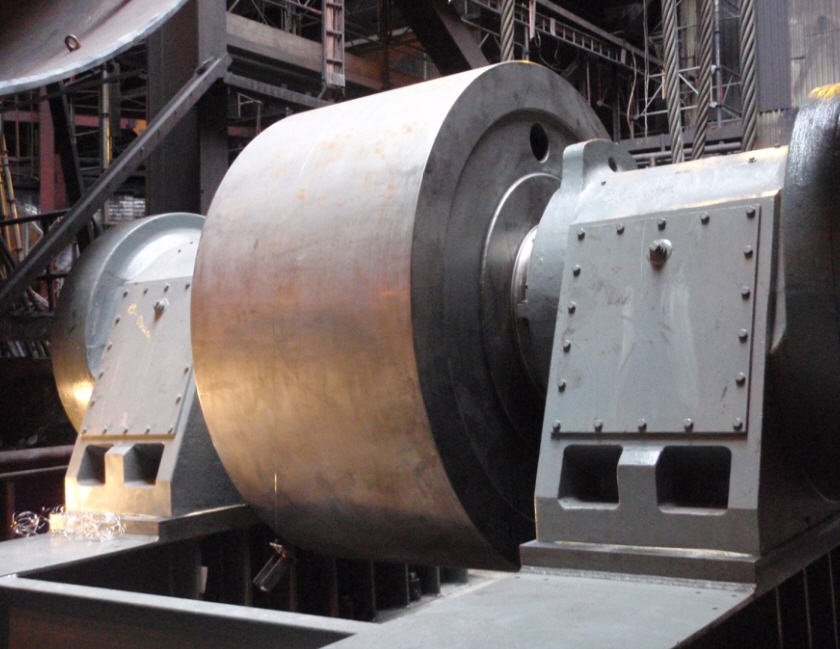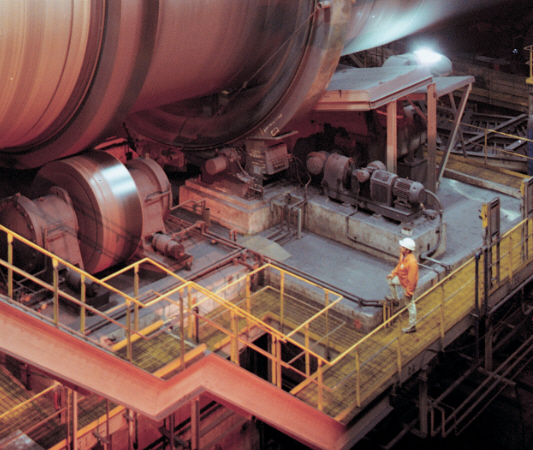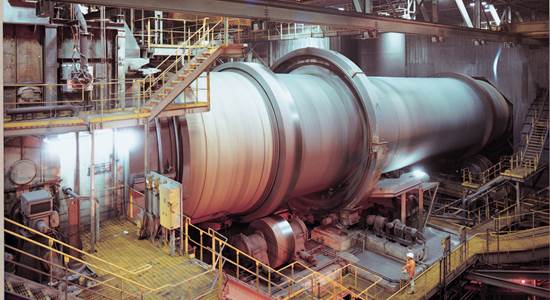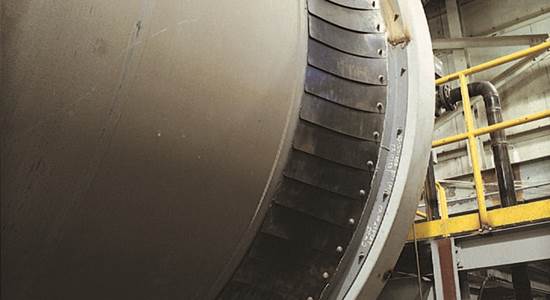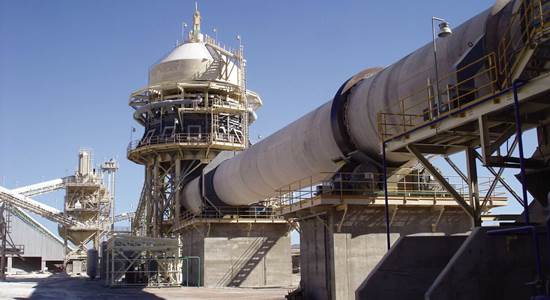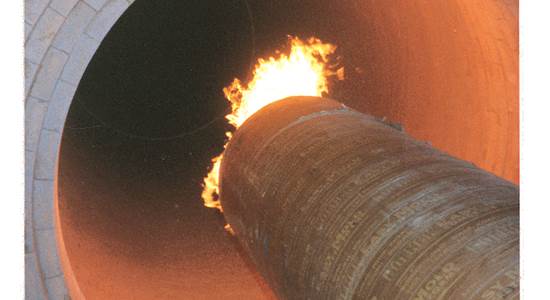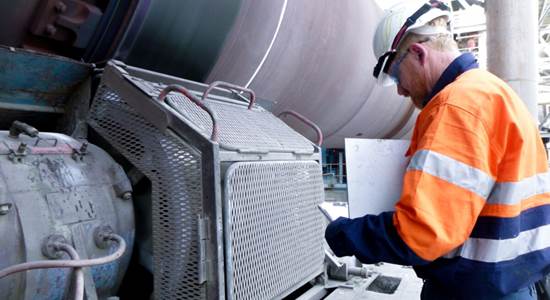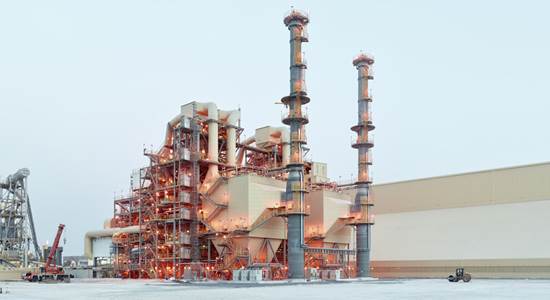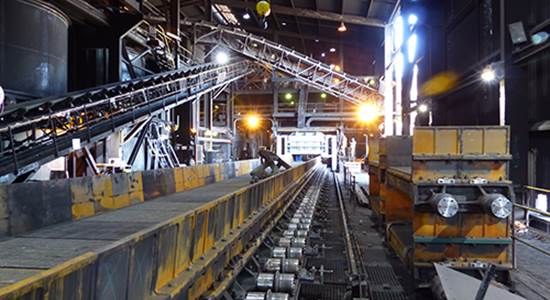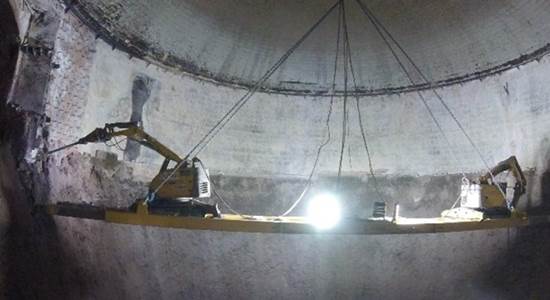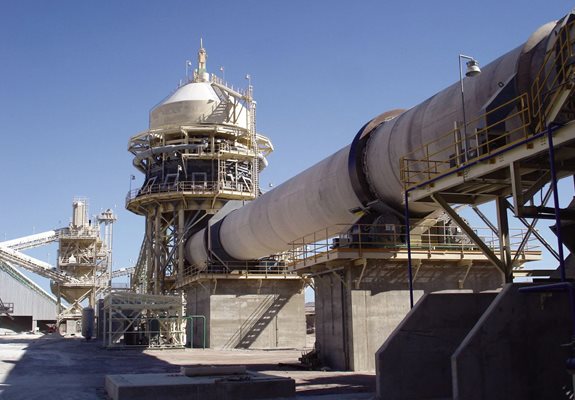
Why partner with Metso?
Kiln alignment is critical in equalizing loads to reduce stress and power consumption
Reduce the probability of unexpected downtime by preventing equipment failure with routine maintenance
Routine maintenance can prevent breakdowns and eliminate related safety concerns, inconvenience, and costly repairs
Good maintenance habits go a long way toward keeping your kiln healthy and minimizing operating expenses
Get to know your kiln
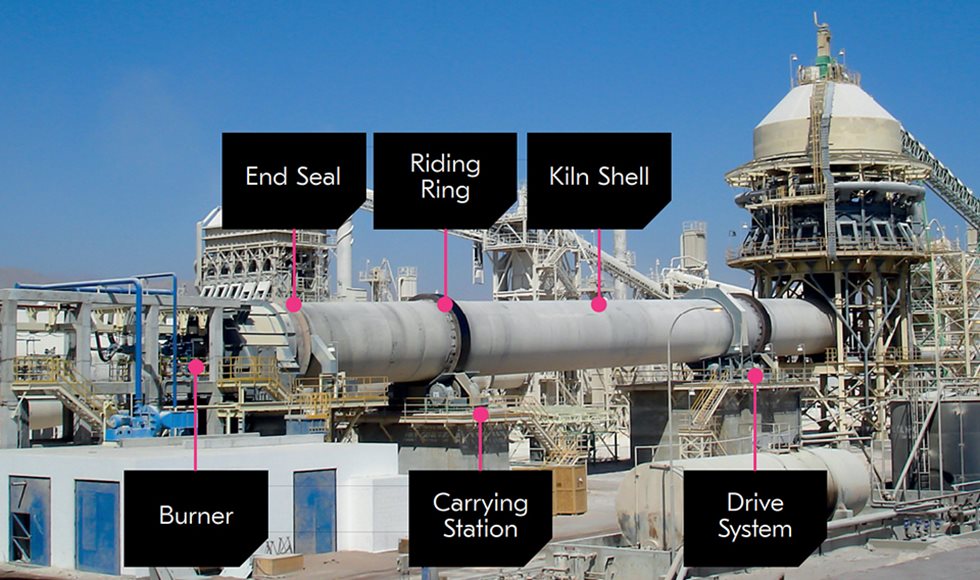
Kiln alignment is critical
Routine maintenance
Factors to watch
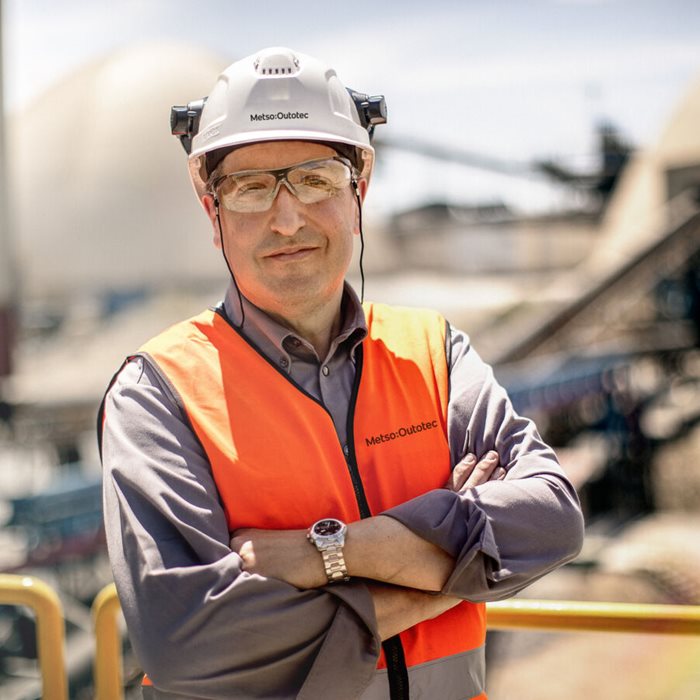
Keeping your kiln healthy and running at its best can be a big job. Luckily, OEM partners like Metso can help you so you don’t need to take care of everything by yourself. Metso offers end-to-end services for rotary kilns, as well as for full pyro processing systems. Our services also cover the many heritage brands that are part of Metso, and we also service non-Metso equipment. With more than 100 years of experience covering numerous applications and business areas, you can count on Metso to keep your kiln turning.
